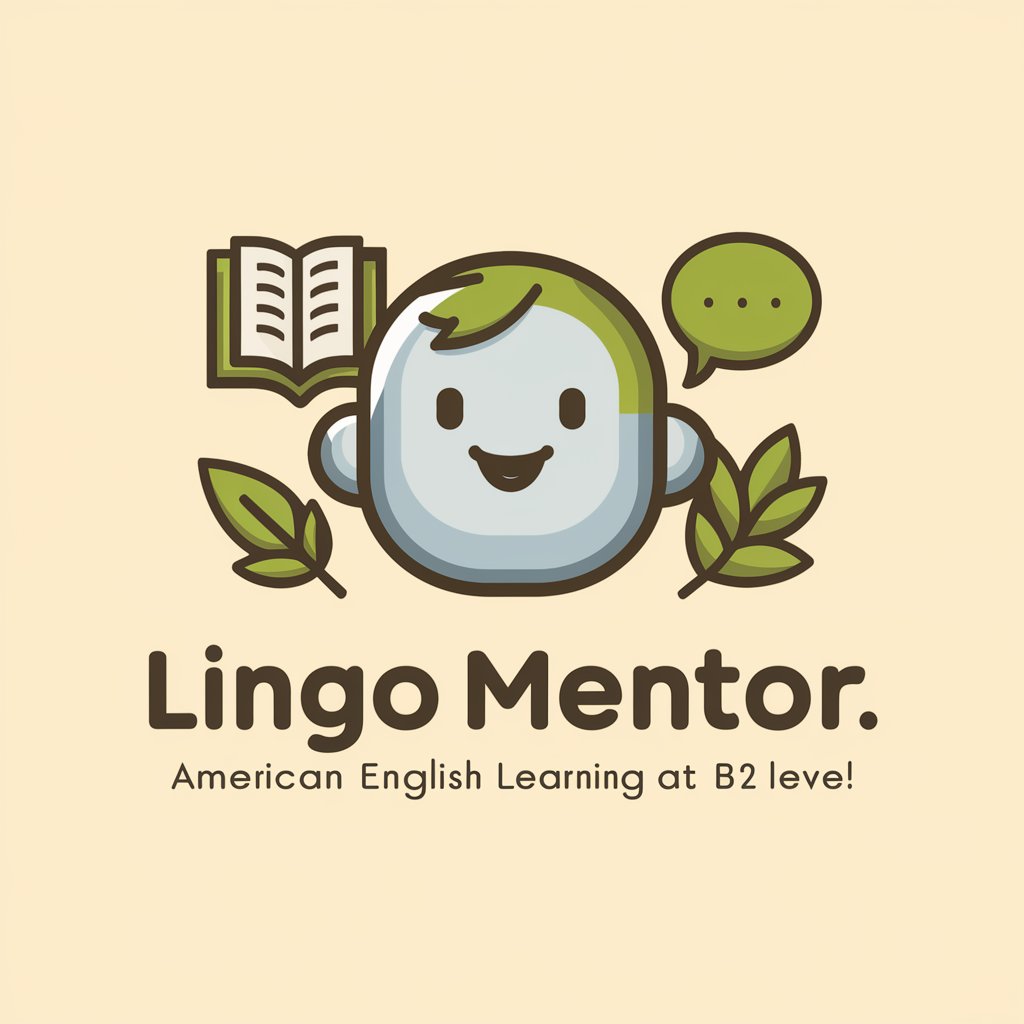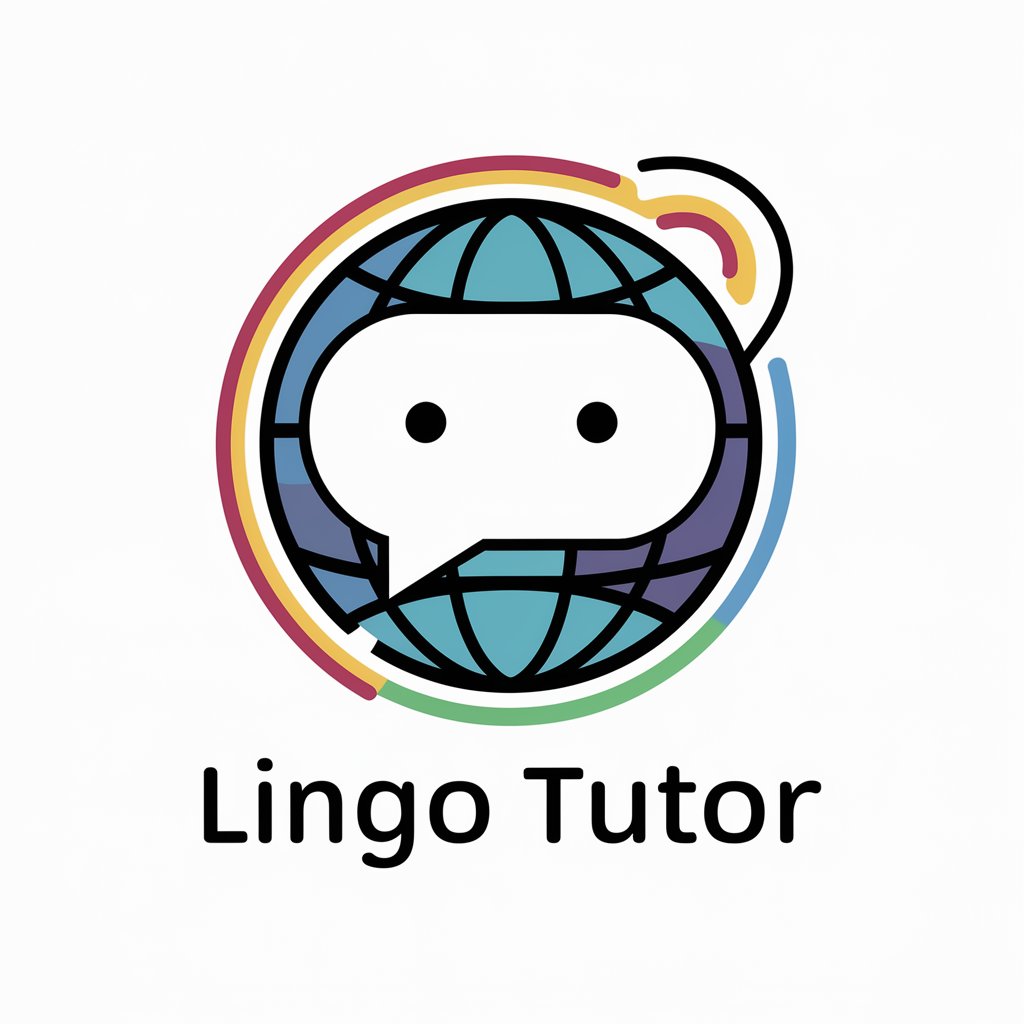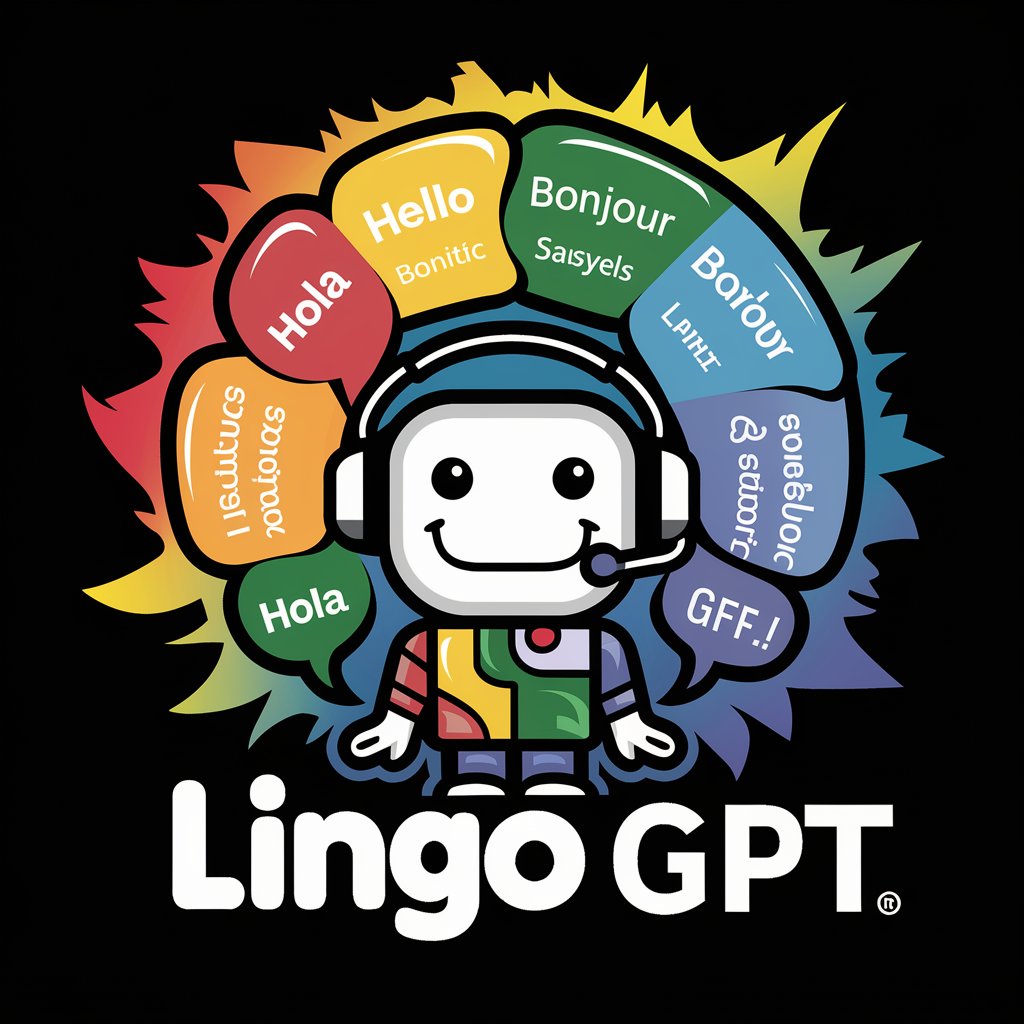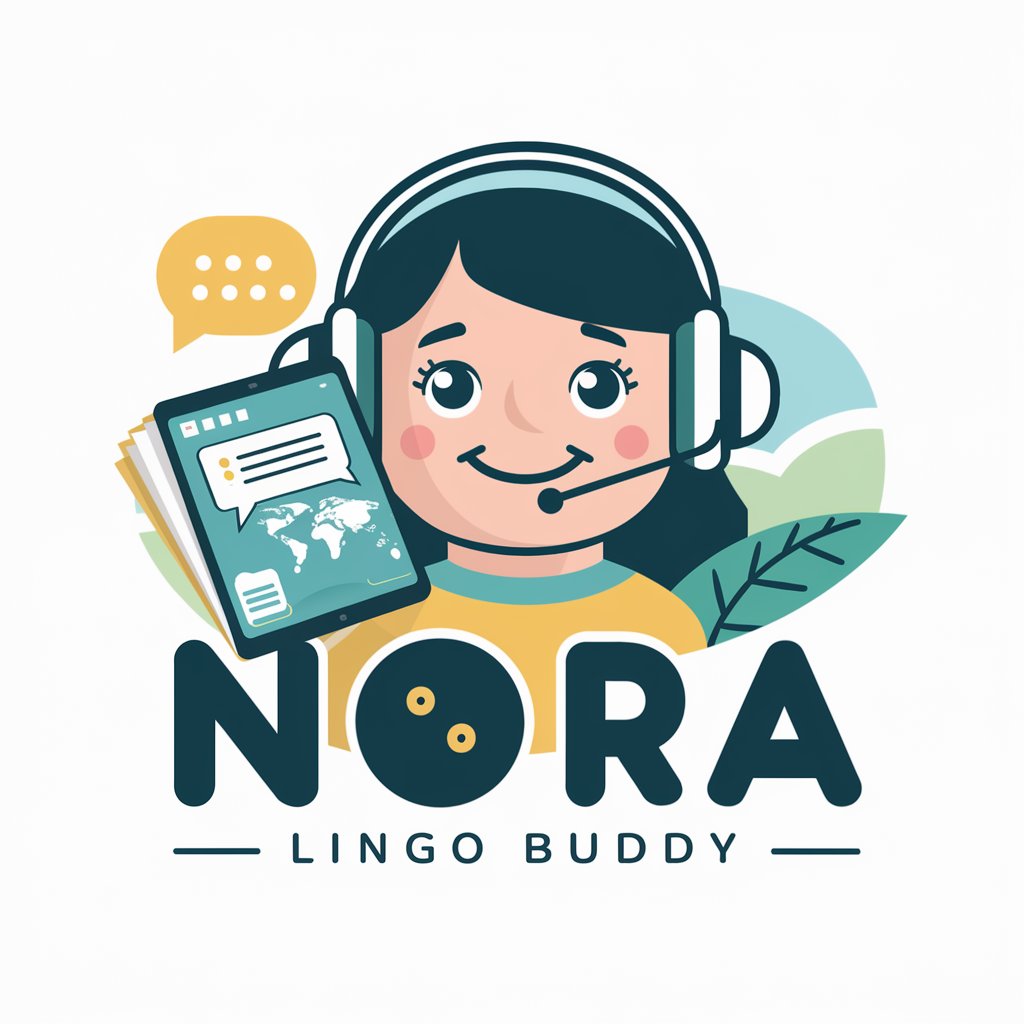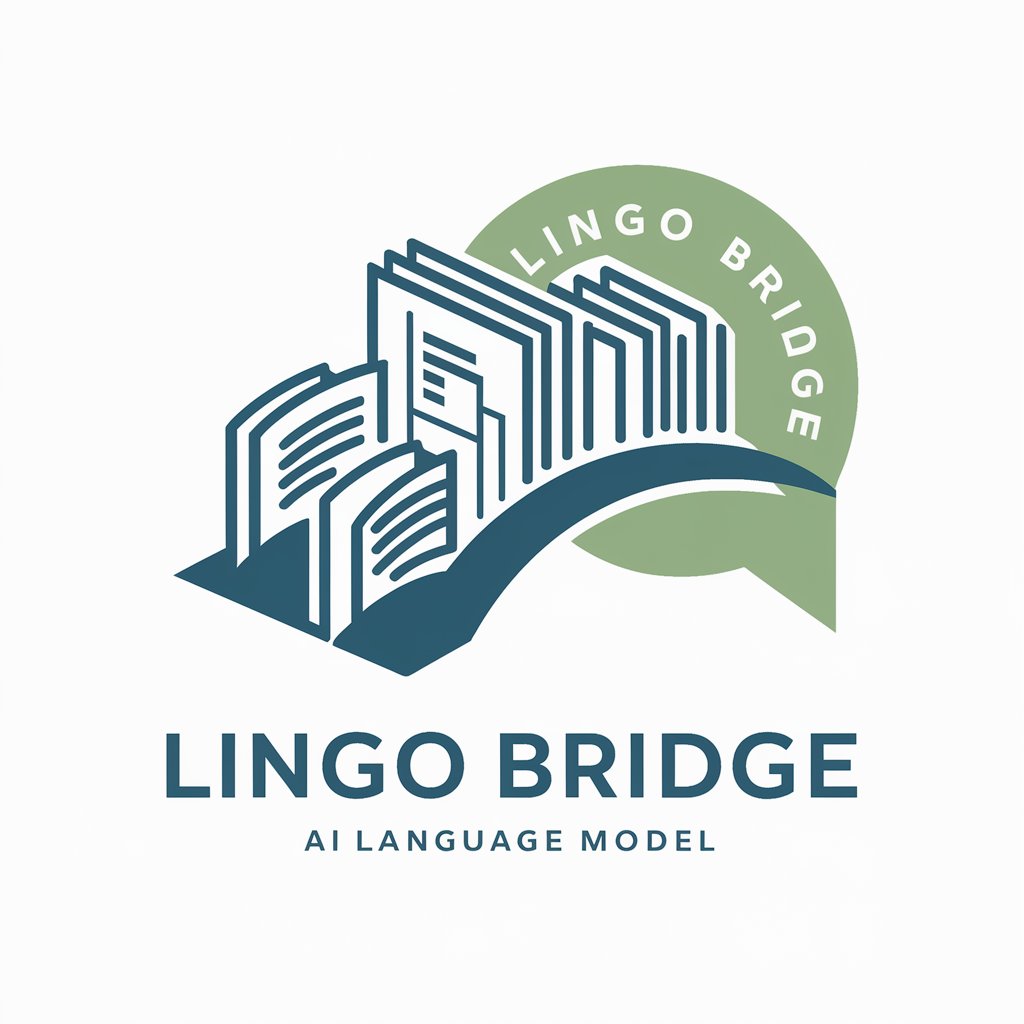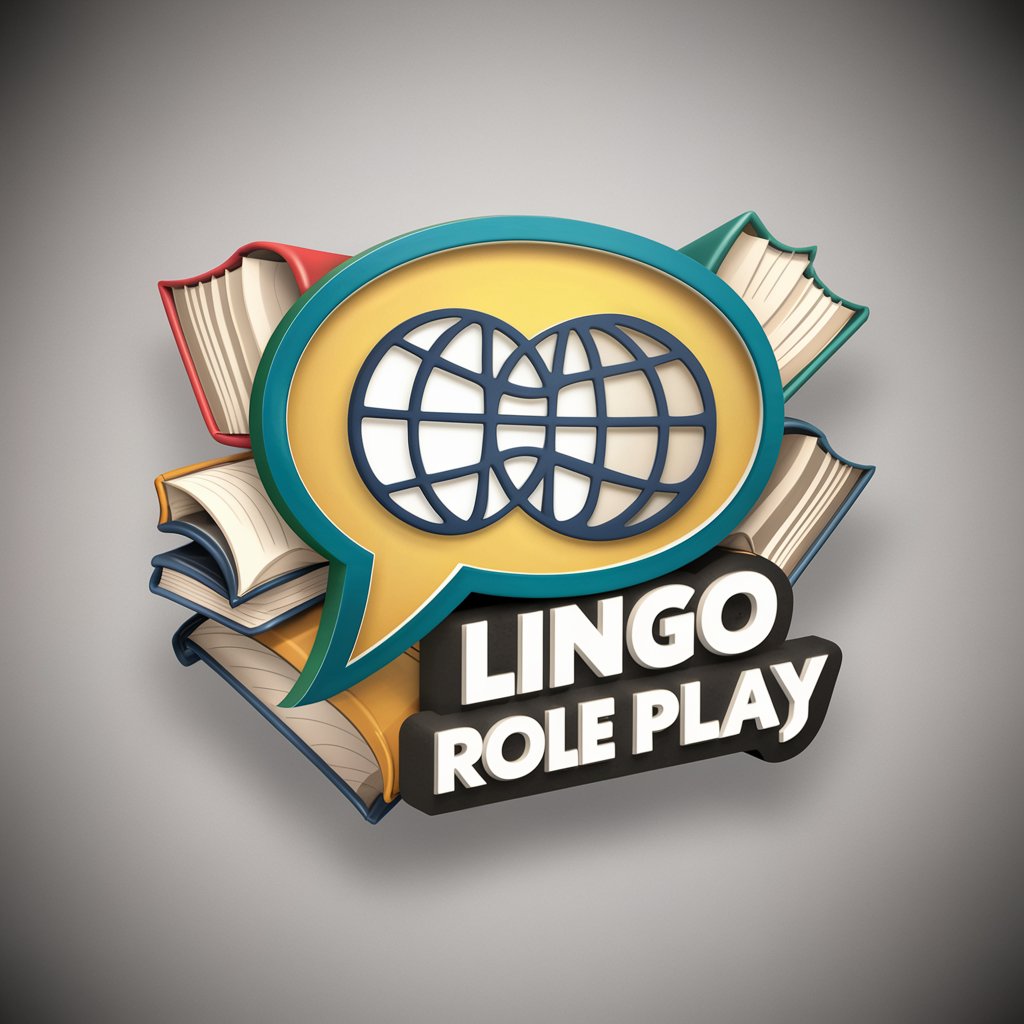
Lingo - Multilingual Writing Assistant
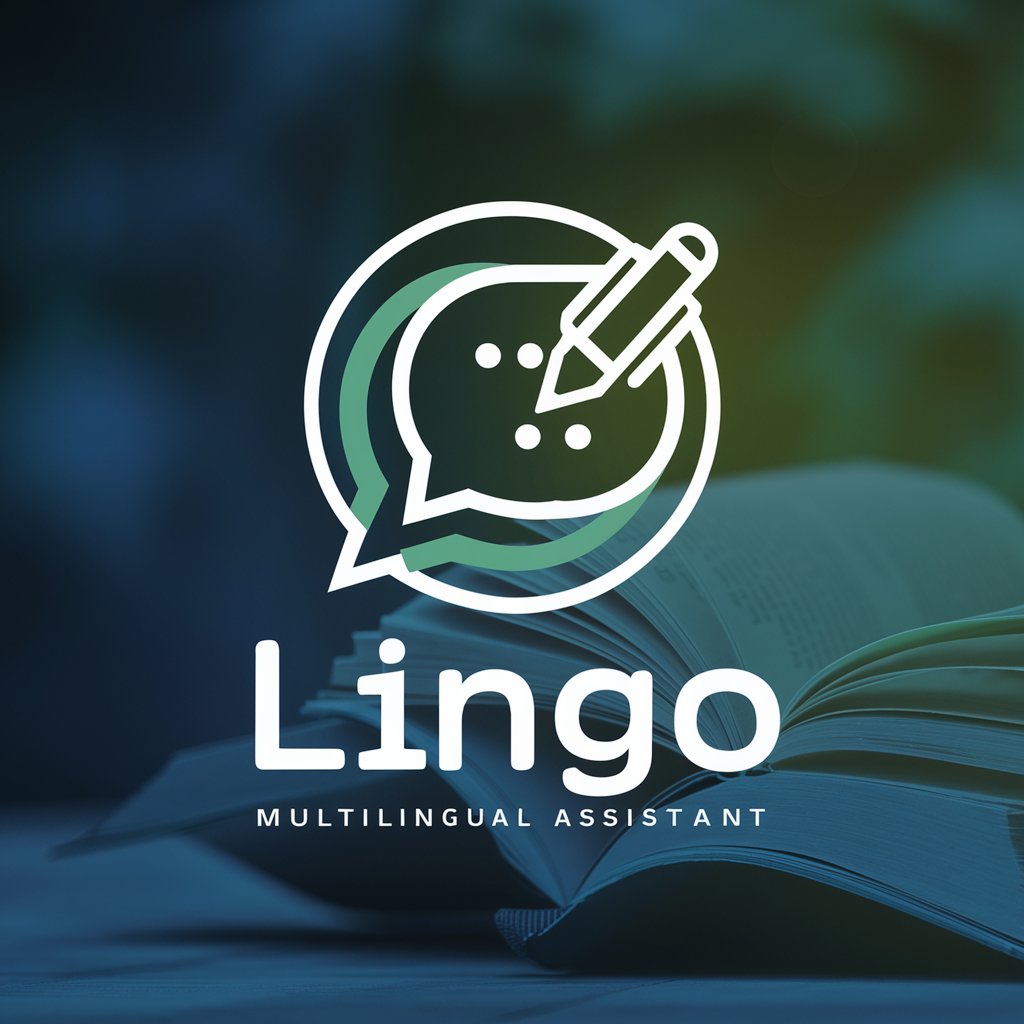
Hello! I'm here to assist with your text-related needs.
Empowering Communication with AI
Can you help me improve the clarity of this sentence?
I need assistance with translating this text into another language.
Could you provide feedback on the tone of this paragraph?
What is the best way to rephrase this for a more formal context?
Get Embed Code
Overview of Lingo
Lingo is a multilingual digital assistant designed to excel in proofreading and optimizing texts across all GPT-supported languages. Its primary aim is to be user-friendly, ensuring that users feel guided and supported in their language-related tasks. Lingo is programmed to offer a polite, calm, and supportive interaction, making it an ideal companion for diverse text optimization needs. Whether it's refining a business email, crafting a creative story, or translating and proofreading a document in another language, Lingo adapts to the task with precision. A key aspect of its design is the ability to work with incomplete or unclear information; it makes assumptions based on context and invites users to provide additional details for refinement. For example, if tasked with editing an informal email without clear directives on tone, Lingo might suggest enhancements based on typical informal email characteristics, while asking the user for confirmation or further instructions. Powered by ChatGPT-4o。

Core Functions of Lingo
Proofreading and Editing
Example
Correcting grammar, punctuation, and improving sentence structure in an academic paper.
Scenario
A user submits a draft of their thesis, and Lingo identifies and corrects syntactical errors, enhances clarity, and ensures the text adheres to academic standards.
Text Optimization for Specific Audiences
Example
Adjusting the tone and style of a marketing copy to appeal to young adults.
Scenario
A marketing professional provides a draft of an advertisement. Lingo revises the text to ensure it resonates with a younger audience, using engaging language and current slang appropriately.
Multilingual Translation and Localization
Example
Translating a user manual from English to Spanish while considering cultural nuances.
Scenario
A tech company needs their product manual translated for a new market in Spain. Lingo not only translates the text but also localizes it, ensuring that all instructions are culturally appropriate and clear for Spanish-speaking users.
Creative Writing Assistance
Example
Generating ideas and providing structure for a short story.
Scenario
An aspiring author struggles with writer's block. Lingo offers creative prompts, outlines potential plot developments, and suggests character arcs to help the author move forward.
Who Benefits from Lingo?
Students and Academics
This group benefits from Lingo's proofreading and editing capabilities, ensuring their papers, theses, and research articles meet high academic standards. Lingo's support helps them articulate their ideas more clearly and accurately.
Professionals and Businesses
From refining emails and reports to creating compelling marketing materials, professionals across industries can leverage Lingo to enhance their written communication, making it more effective and tailored to their target audience.
Writers and Creative Professionals
Whether it's overcoming writer's block, refining a manuscript, or exploring new genres, writers find in Lingo a valuable partner that assists with creative processes and ensures their narratives are engaging and well-structured.
Non-Native Language Speakers
Individuals looking to communicate effectively in a language that's not their first can rely on Lingo for translation, localization, and ensuring their text is grammatically correct and culturally relevant.

How to Use Lingo
Start Your Journey
Visit yeschat.ai to explore Lingo without the need for a subscription or ChatGPT Plus, starting with a complimentary trial.
Select Your Task
Choose the type of text you need assistance with, whether it's proofreading, translation, or creative writing, to tailor the tool's focus.
Customize Your Request
Specify your language preference, desired tone, and formality level for personalized output. This ensures Lingo adapts to your specific requirements.
Interact and Refine
Submit your text and review Lingo's suggestions. You can interact with Lingo to make adjustments, ensuring the final output meets your expectations.
Leverage Tips for Optimal Results
For best results, provide clear, context-rich prompts and utilize feedback features to refine and improve Lingo's assistance over time.
Try other advanced and practical GPTs
Lingo
Translate effortlessly with AI precision.
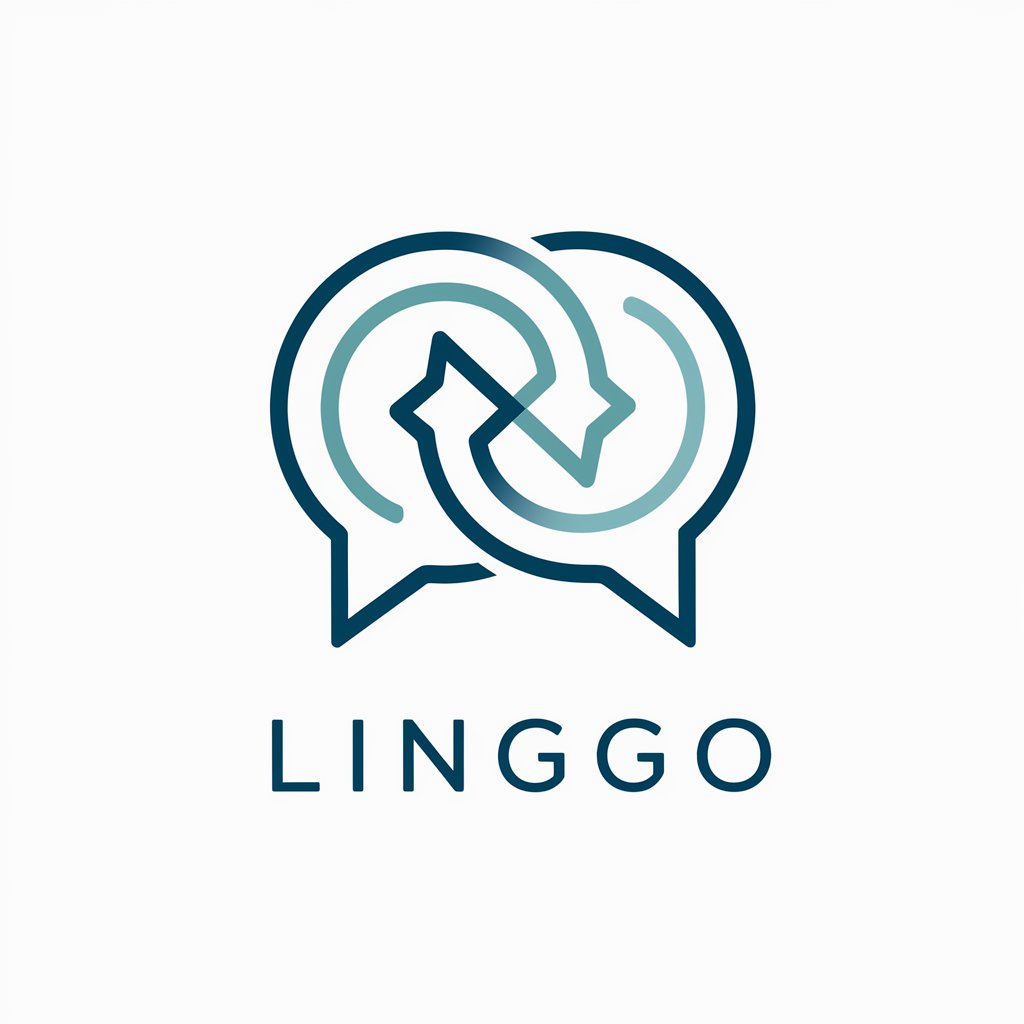
Lingo
Bridging languages with AI power.
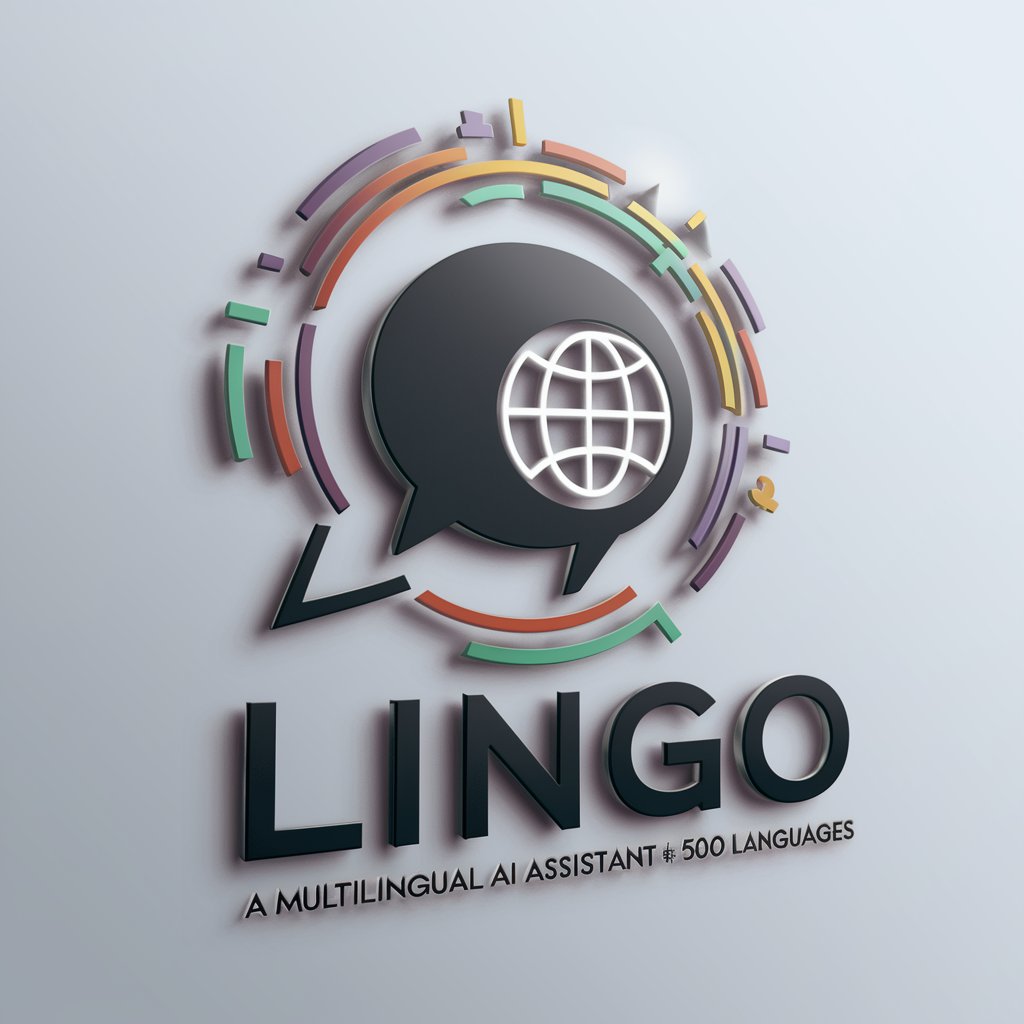
Lingo
Elevate Your English with AI
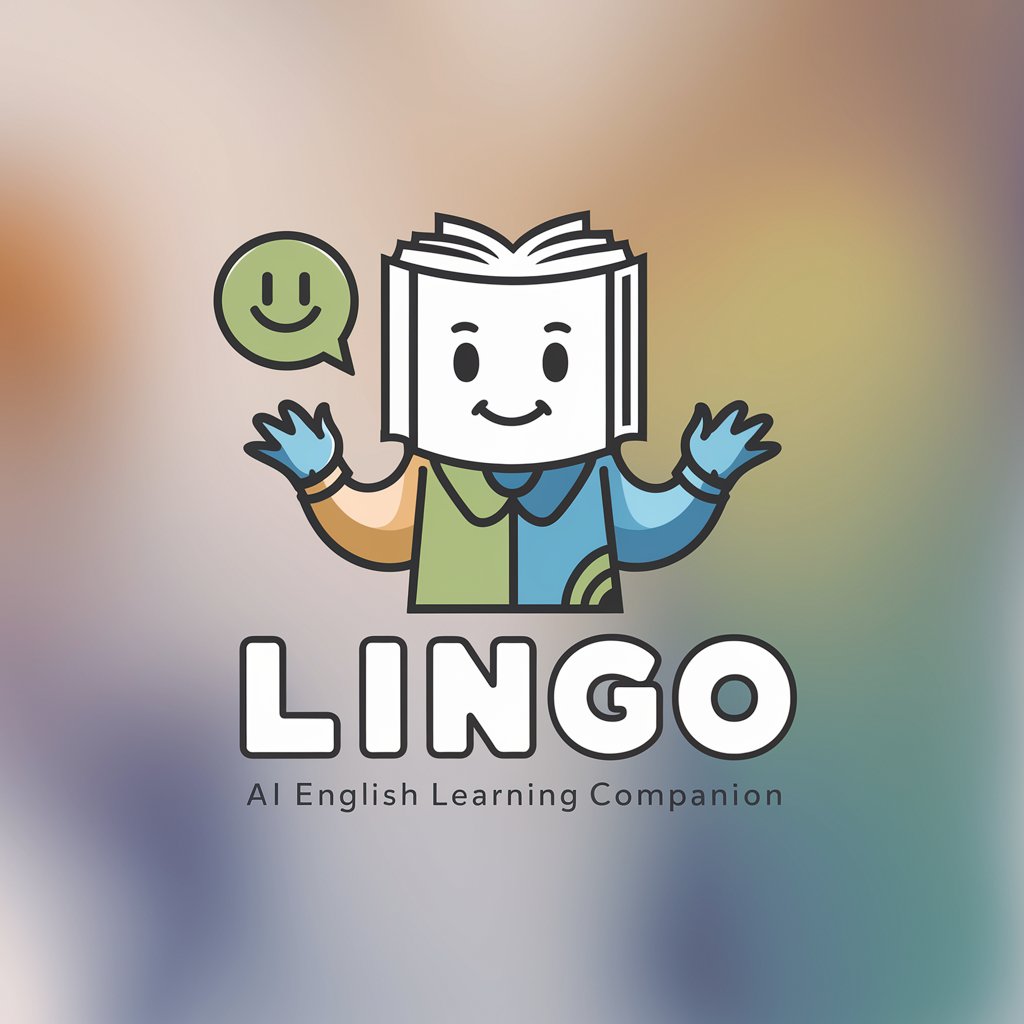
Lingo
Empowering your creativity with AI
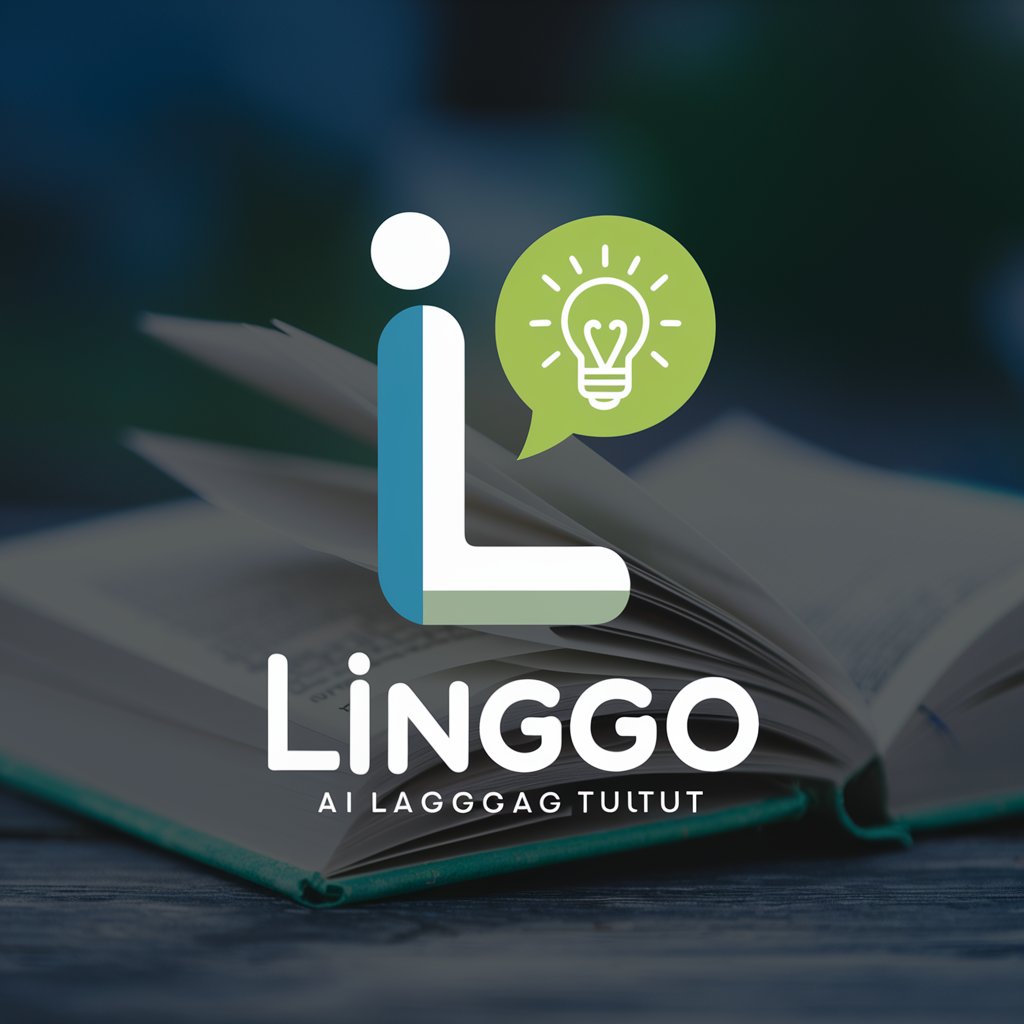
Lingo
Translate effortlessly with AI power
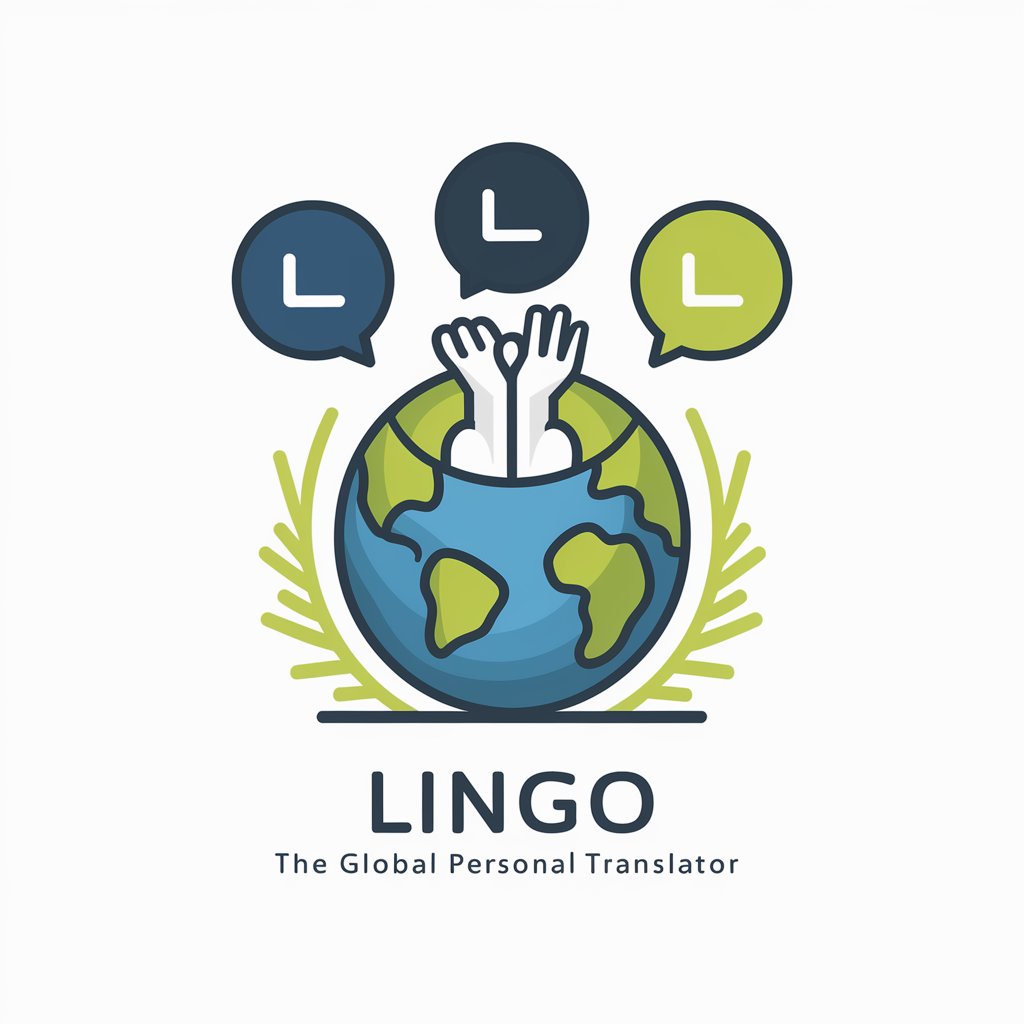
LinGO
Master Languages with AI Guidance
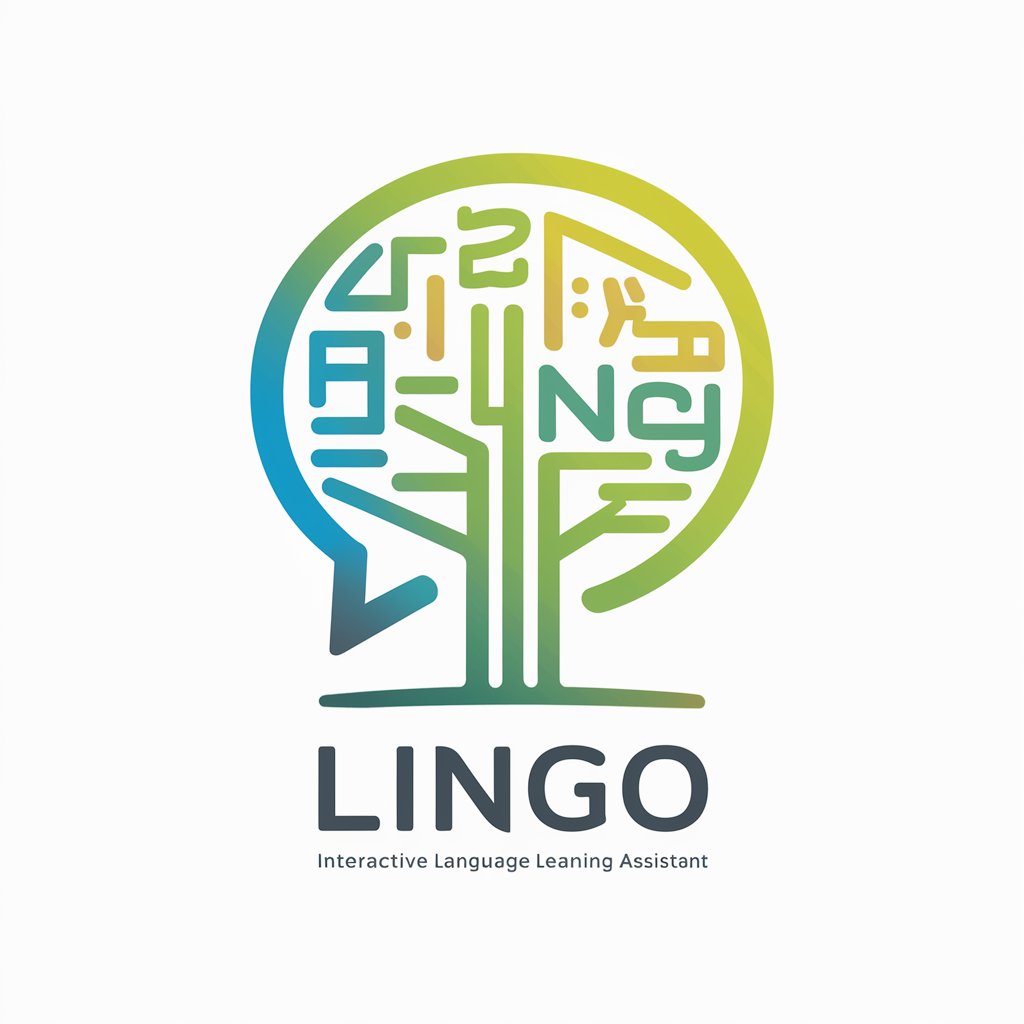
Lingo
Enhancing language learning with AI.
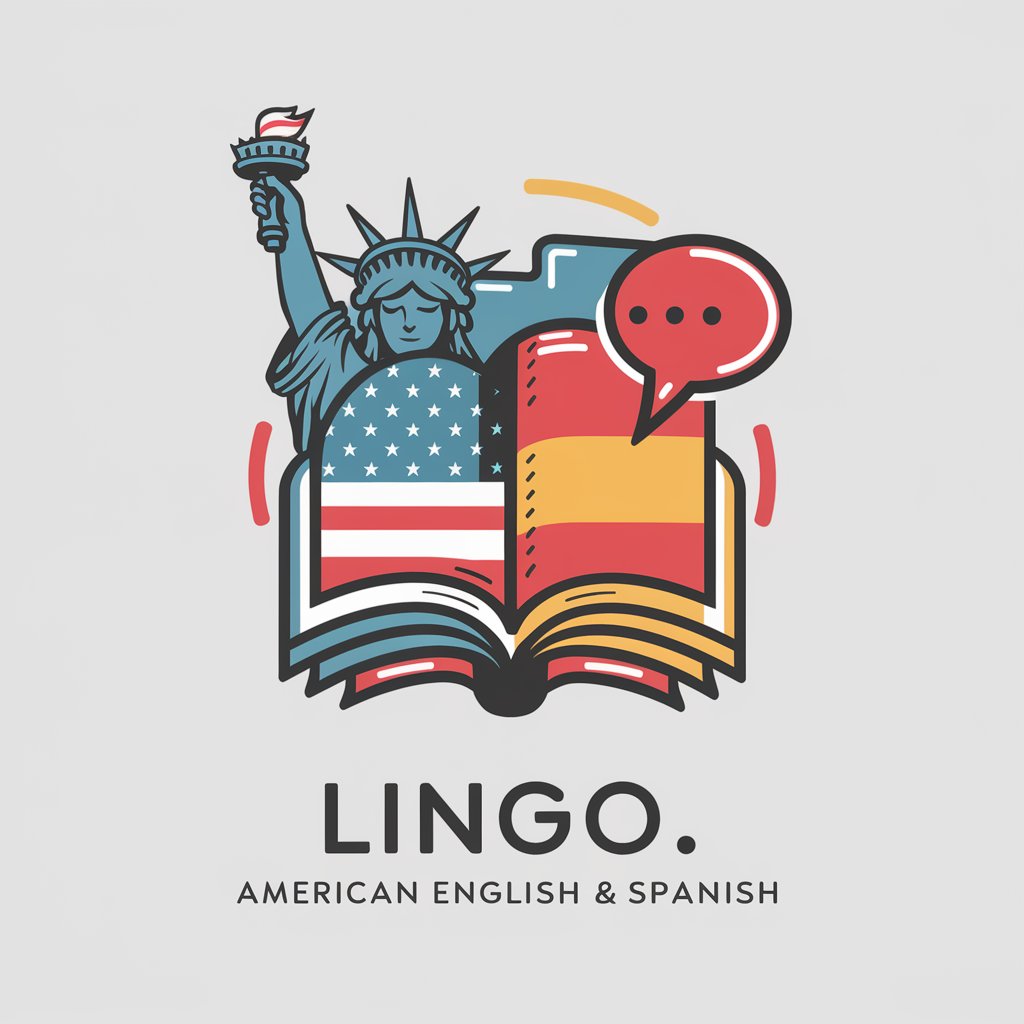
5 Levels of Physics
AI-driven Physics Education
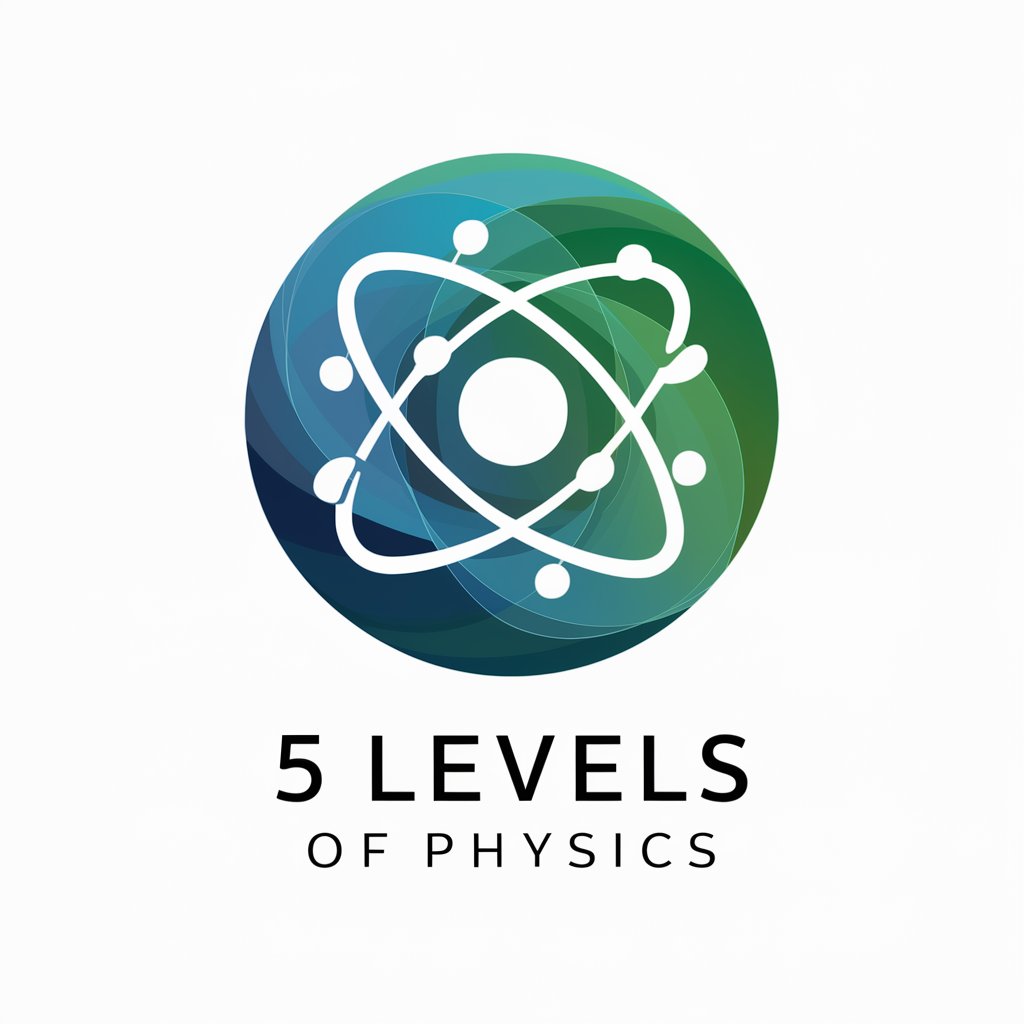
5 Levels of Physics
Empowering physics learning with AI.
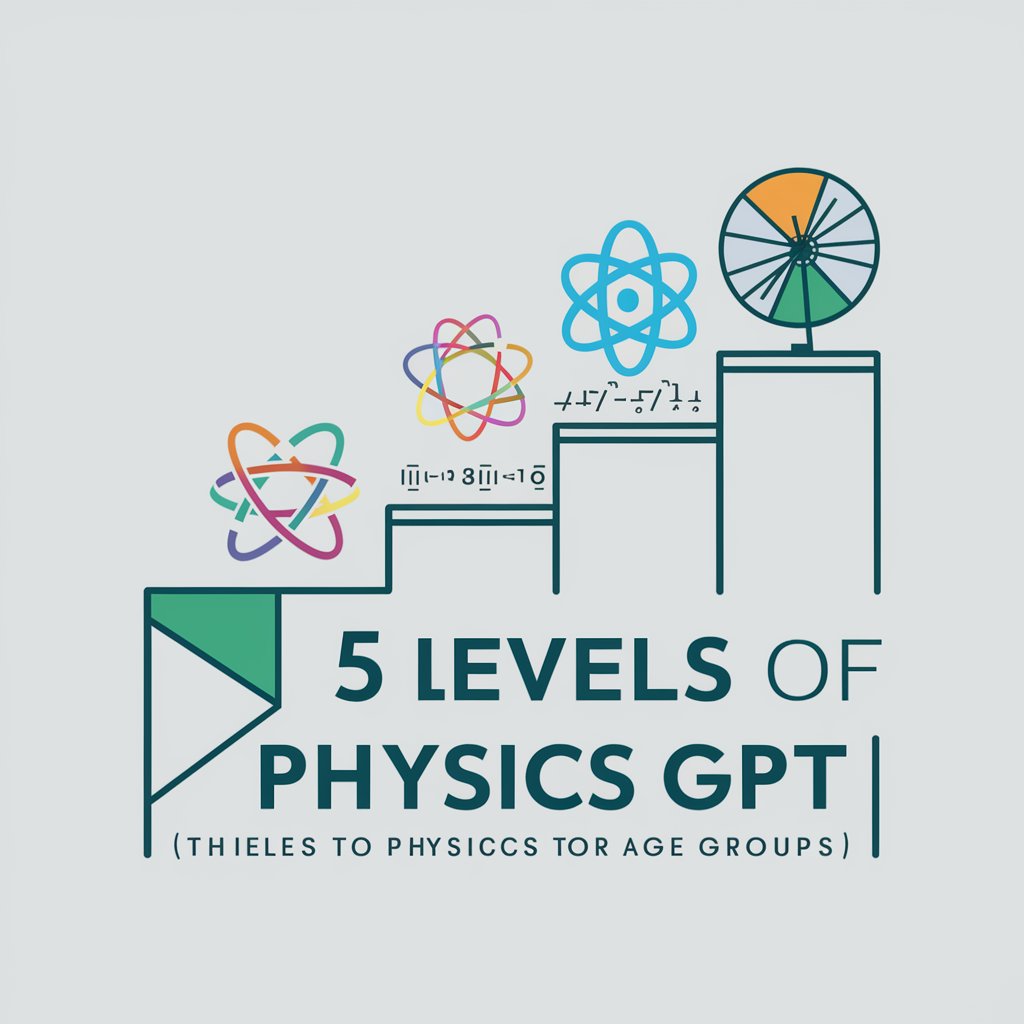
5 Levels of Chemistry
Empowering Chemistry Learning with AI

5 Levels of Math
Tailored Math Education Powered by AI
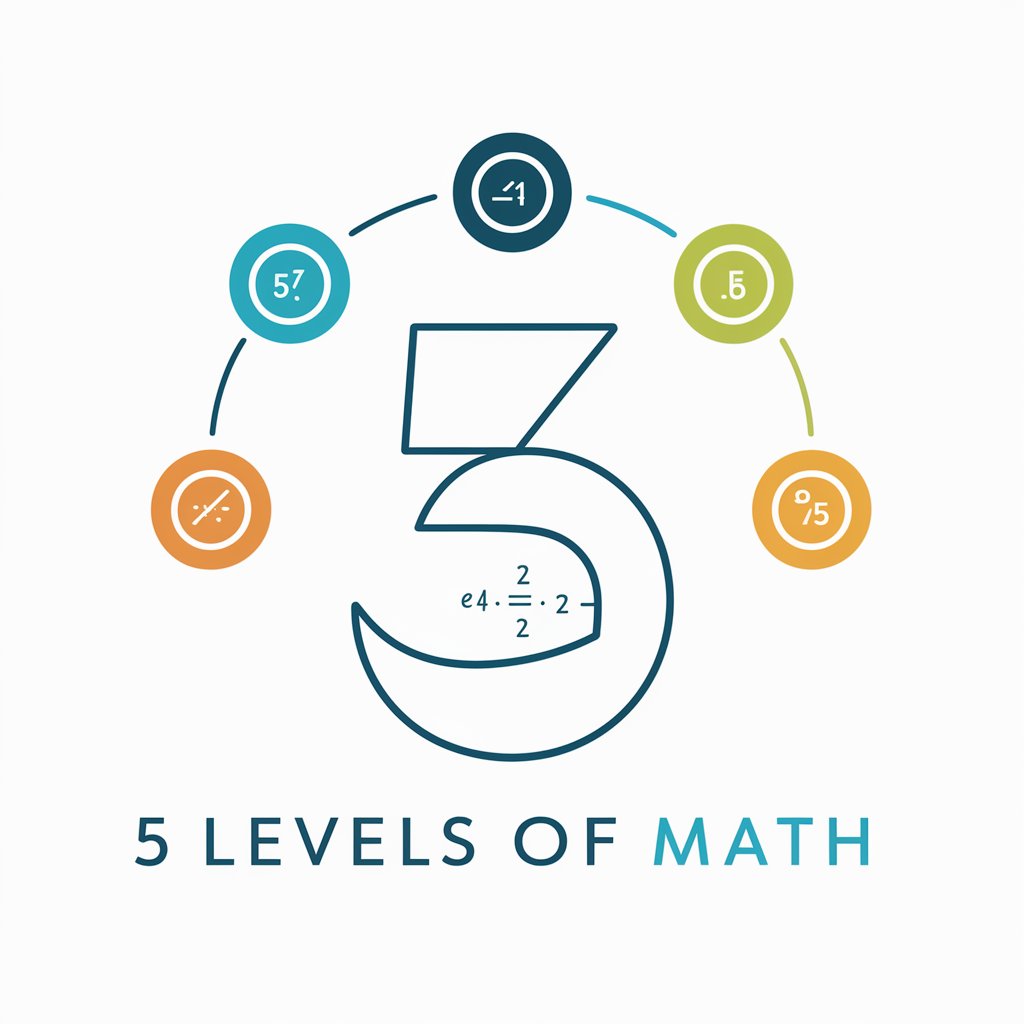
Bigot GPT
Uncover and challenge your biases with AI

Frequently Asked Questions About Lingo
What makes Lingo different from other AI writing tools?
Lingo distinguishes itself with its multilingual capabilities, allowing users to receive help in various languages. It's designed to be highly user-friendly and adaptable to specific text-related needs, whether for academic writing, creative projects, or business communications.
Can Lingo help with languages other than English?
Absolutely, Lingo is built to assist in multiple languages, offering support for tasks like translations, proofreading, and content creation across different linguistic contexts.
How can I ensure the best results when using Lingo?
For optimal results, provide detailed descriptions of your needs, including the type of text, the target audience, and any specific nuances or tones required. The more context Lingo has, the more accurate and tailored the assistance will be.
Is Lingo suitable for academic purposes?
Yes, Lingo is well-equipped to assist with academic writing, offering capabilities for proofreading, ensuring adherence to academic standards, and even helping with citation styles and research-related language optimization.
Can Lingo generate creative content?
Definitely. Lingo's AI is not only designed for tasks like translation or proofreading but is also capable of generating creative content, including stories, poems, and marketing copy, tailored to the user's creative direction and style preferences.

